 Iran’s Attack on Israel
Iran’s Attack on Israel
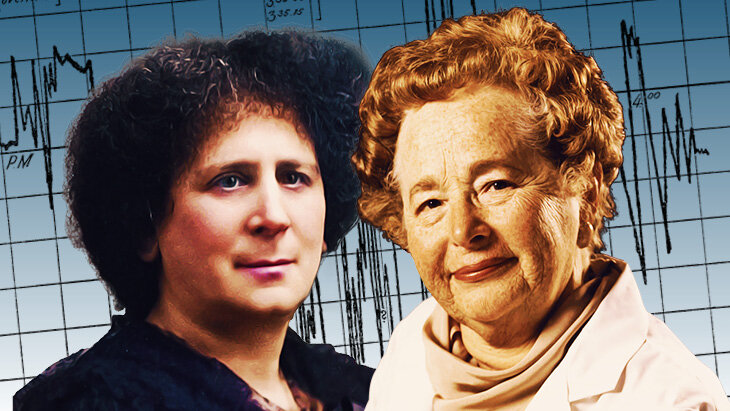

7 min read
Hertha Ayrton and Gertrude B. Elion are two great scientists you probably never heard of.
Think of a few great scientific minds. What are the odds you’re thinking of a woman?
For decades, science has classically been male-dominated field. Until recent years, women were not accepted in many universities to study the sciences. The women who broke through had to be fearless and more impassioned than many of their male counterparts.
Here are two inspiring examples.
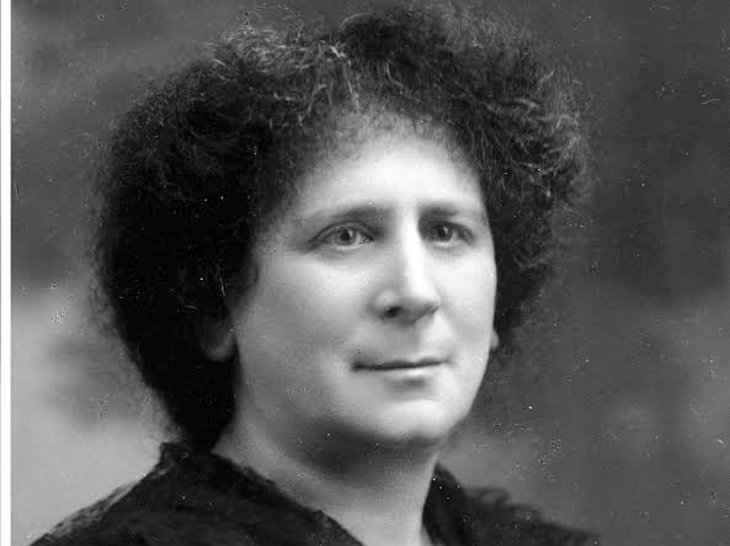
Hertha Ayrton, born Phoebe Sarah Marks, was the first woman to receive the prestigious Hughes Medal of the Royal Society for her work on electric arcs and ripple marks in sand and water, research and findings that were exclusively her own. A friend of Marie Curie, she was committed to suffrage activism and ensuring proper recognition of women’s scientific work.
In 1863, following her father’s death, she went to live with her aunt, author Marion Moss Hartog, who ran a school in London. In 1876 Marks entered Girton College at the University of Cambridge, where she studied mathematics. There she became a friend of Barbara Bodichon, who had co-founded Girton, and the writer George Eliot, whose character, Mirah Cohen, in Daniel Deronda (1876) was based on Marks.
Many of her experiments were done in the "lab" in her own home.
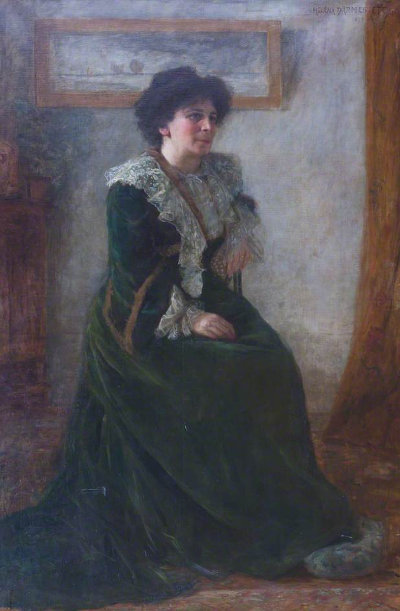 Portrait of Hertha Ayrton, Girton College, University of Cambridge
Portrait of Hertha Ayrton, Girton College, University of Cambridge
While Cambridge did not offer degrees to women until 1948, Marks took Cambridge’s mathematics examinations 1881. As a student she constructed a sphygmograph for recording the pulse in arteries. Her first significant invention was a line-divider, useful for artists, architects, and engineers. Barbara Bodichon and another major benefactor of Girton, advanced her the money to take out patents, a procedure that became a crucial mission. Her invention was shown at the Exhibition of Women’s Industries and received much media attention.
In 1884 she attended classes in electricity at Finsbury Technical College that were taught by electrical engineer William Ayrton who became her husband in 1885. In 1884 she applied for the first of her 26 patents. She became the first female member of the Institution of Electrical Engineers in 1899 for her paper solving the flickering of electrical lights. She also ran the physical sciences section of the 1899 International Congress of Women.
In 1902, she was the first woman to be proposed for the fellowship of the Royal Society. Her candidature was refused on the grounds that as a married woman she had no legal existence in British law. She was, however, the first woman to read a scientific paper (“The Origin and Growth of Ripple-mark”) before the Royal Society in 1904. In 1906 the Royal Society awarded her the Hughes Medal for original discovery in the physical sciences, the first woman to do so.
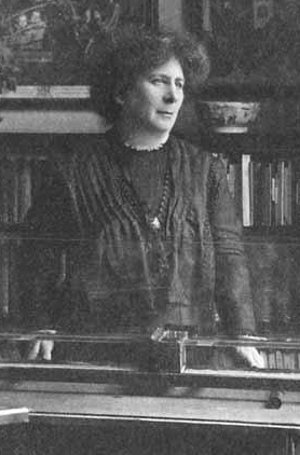
Throughout her life she was a strong advocate of women in science receiving the credit they deserved. Marie Curie was almost not recognized with a Nobel Prize. In 1903, the French Academy of Sciences nominated Henri Becquerel and Marie’s husband, Pierre Curie, as candidates for the physics prize, but not Marie. Ayrton conducted a vigorous campaign in the press, commenting that “errors are notoriously hard to kill, but an error that ascribes to a man what was actually the work of a woman has more lives than a cat.” Swedish mathematician Magnus Goesta Mittag-Leffler, a member of the nominating committee, intervened, and her husband also made clear that a Nobel Prize for research in radioactivity that failed to acknowledge Marie’s pivotal role would be a travesty.
From 1883 until her death she was a pioneer in insuring that patents rendered a clear legal claim to intellectual property, especially important for a woman married to a more famous scientist.
Very active in the woman suffrage movement, Hertha Ayrton was a courageous and brilliant pioneer who changed the course of women in science forever.
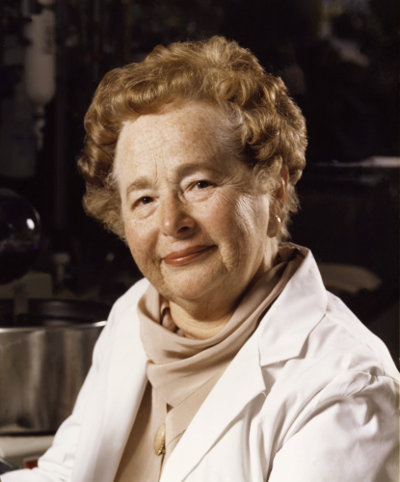
Gertrude "Trudy" Belle Elion pioneered an innovative approach to the development of drugs that forever changed and accelerated medical research. She and her colleagues won the Nobel Prize for this process.
Raised in New York City, she lived with her Eastern European Jewish parents, brother and grandfather. Her grandfather’s death from cancer when she was 15 inspired her career path.
In 1937, she graduated summa cum laude from Hunter College with a degree in chemistry, but her hopes of becoming a research scientist were dashed by 15 rejections for financial assistance from graduate schools throughout the US. Facing discrimination in the workplace as well, she enrolled in secretarial school. Looking back, she said: “I hadn’t been aware that any doors were closed to me until I started knocking on them.”
While volunteering in a chemistry lab as a dishwasher she waited for an opportunity. In 1944, Elion found it, assisting George Hitchings at Burroughs Wellcome, which would ultimately become the drug giant GlaxoSmithKline.
Hitchings and Elion discarded the traditional trial-and-error approach to drug development, adopting a rational, scientific approach known as “rational drug design.” Understanding that cells require nucleic acid to reproduce, they reasoned that rapidly growing bacteria and tumors require even more nucleic acid than normal cells. Find a way to disrupt their lifecycle, and you find a way to stop disease.
Elion’s first major discovery, in 1950, was a drug that interfered with the formation of leukemia cells: 6-mercaptopurine (6-MP). In the short term it created a complete remission in many children facing death within a few months. While the effect was often temporary, further exploration of 6-MP yielded Imuran in 1961, which suppressed the immune response, making organ transplants possible for the first time. In 1963, Elion, still searching for ways to make 6-MP’s effects last longer, made another discovery: allopurinol, which reduces the body’s production of uric acid which, if causes gout, can be fatal for cancer patients.
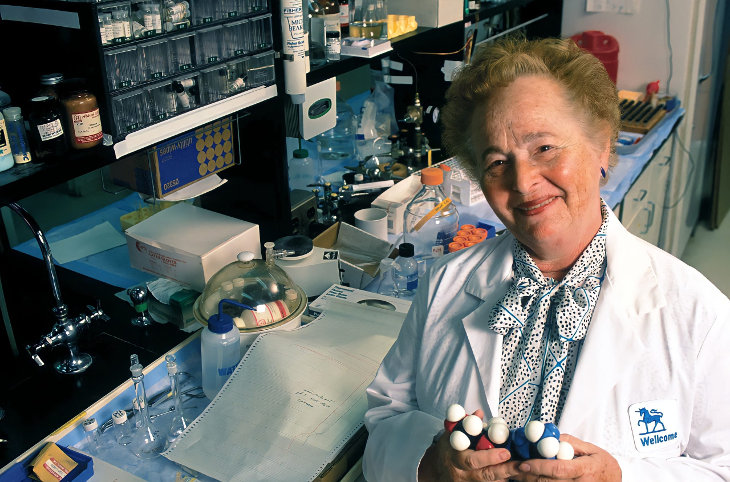
Elion’s and her team’s final major breakthrough was in the development of acyclovir, the antiviral drug approved in 1977. The drug attacked herpes and could be used to fight Epstein-Barr, chickenpox, and shingles. It also ushered in a new era of antiviral therapy, opening the door to the development of the first drug to treat AIDS: AZT.
Elion’s name appears on 45 patents for lifesaving and life-changing drugs. Along with the Nobel Prize, she won numerous awards.
She kept letters from those who had benefited from her work: the recipient of a kidney transplant, a shingles sufferer whose eyesight was saved, the parents of children diagnosed with leukemia, herpes encephalitis, and a “terminal” sarcoma. Elion said that being able to help these people was a reward greater than the Nobel Prize.
“What we were aiming at was getting people well, and the satisfaction of that is much greater than any prize you can get.”
She never obtained a formal Ph.D. but was later awarded an honorary Ph.D. from New York University Tandon School of Engineering (then Polytechnic University of New York) in 1989 and an honorary S.D. degree from Harvard University in 1998.
From 1967 to 1983, she was the Head of the Department of Experimental Therapy for Burroughs Wellcome. She officially retired from Burroughs and Wellcome in 1983. She was affiliated with Duke University as Adjunct Professor of Pharmacology and of Experimental Medicine from 1971 to 1983 and Research Professor from 1983 to 1999. During her time at Duke, she focused on mentoring medical and graduate students.
Even after her retirement from Burroughs Wellcome, Gertrude continued almost full-time work at the lab. She played a significant role in the development of AZT, one of the first drugs used to treat HIV and AIDS. She also was crucial in the development of Nelarabine, which she worked on until her death in 1999.
Throughout her career, in addition to her extraordinary scientific contributions, she focused on encouraging women entering the sciences.
